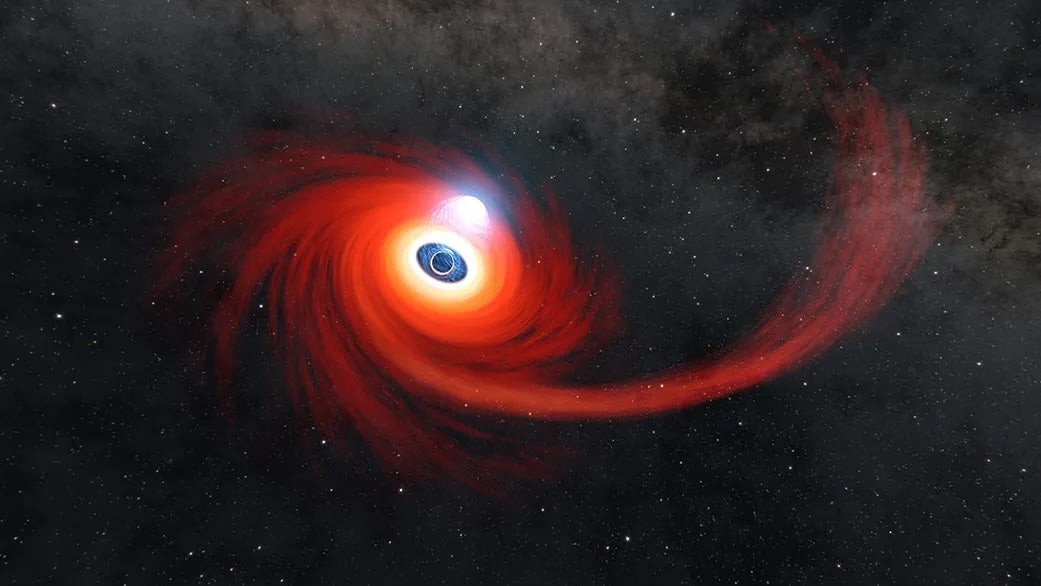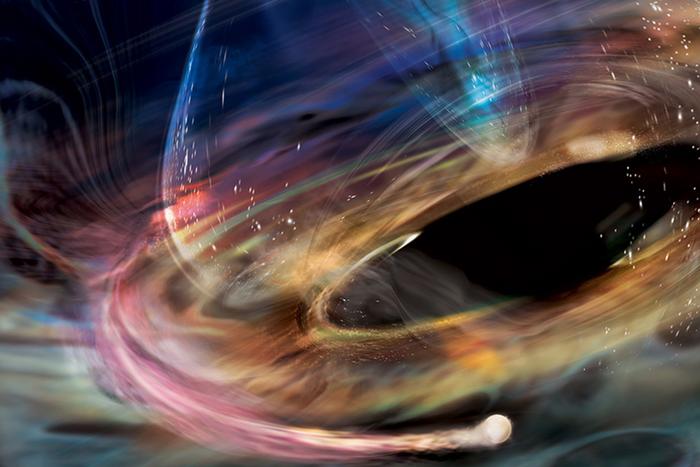Many more black holes could be ‘hiding’ in the universe than previously thought
Share:
Many more supermassive black holes could be hiding in the universe than previously thought, according to a new study. Astronomers from the University of Southampton say that 35% of these galactic giants – some which are billions of times heavier than the sun – have gone undiscovered because they are obscured by thick clouds of gas and dust.
This number had previously been estimated to be about 15%. Professor Poshak Gandhi, co-author of the study published in the Astrophysical Journal, said: “Black holes are the most mysterious objects in the universe and are present everywhere – yet we still don’t fully know how they evolve.
“We’ve found that many more are lurking in plain sight – hiding behind dust and gas rendering them invisible to normal telescopes. “This is the first time we have a highly refined census of black holes growing by consuming interstellar material surrounding them.”.
He added: “If we didn’t have a supermassive black hole in our Milky Way galaxy, there might be many more stars in the sky. “That’s just one example of how black holes can influence a galaxy’s evolution.”. The team of scientists used data taken from Nasa’s InfraRed Astronomy Satellite and the X-ray space telescope NuSTAR to analyse infrared emissions from clouds surrounding supermassive black holes.
Prof Gandhi added: “Though black holes are dark, surrounding gas heats up and glows intensely, making them some of the brightest objects in the universe. “Even when hidden, the surrounding dust absorbs and re-emits this light as infrared radiation, revealing their presence.






















